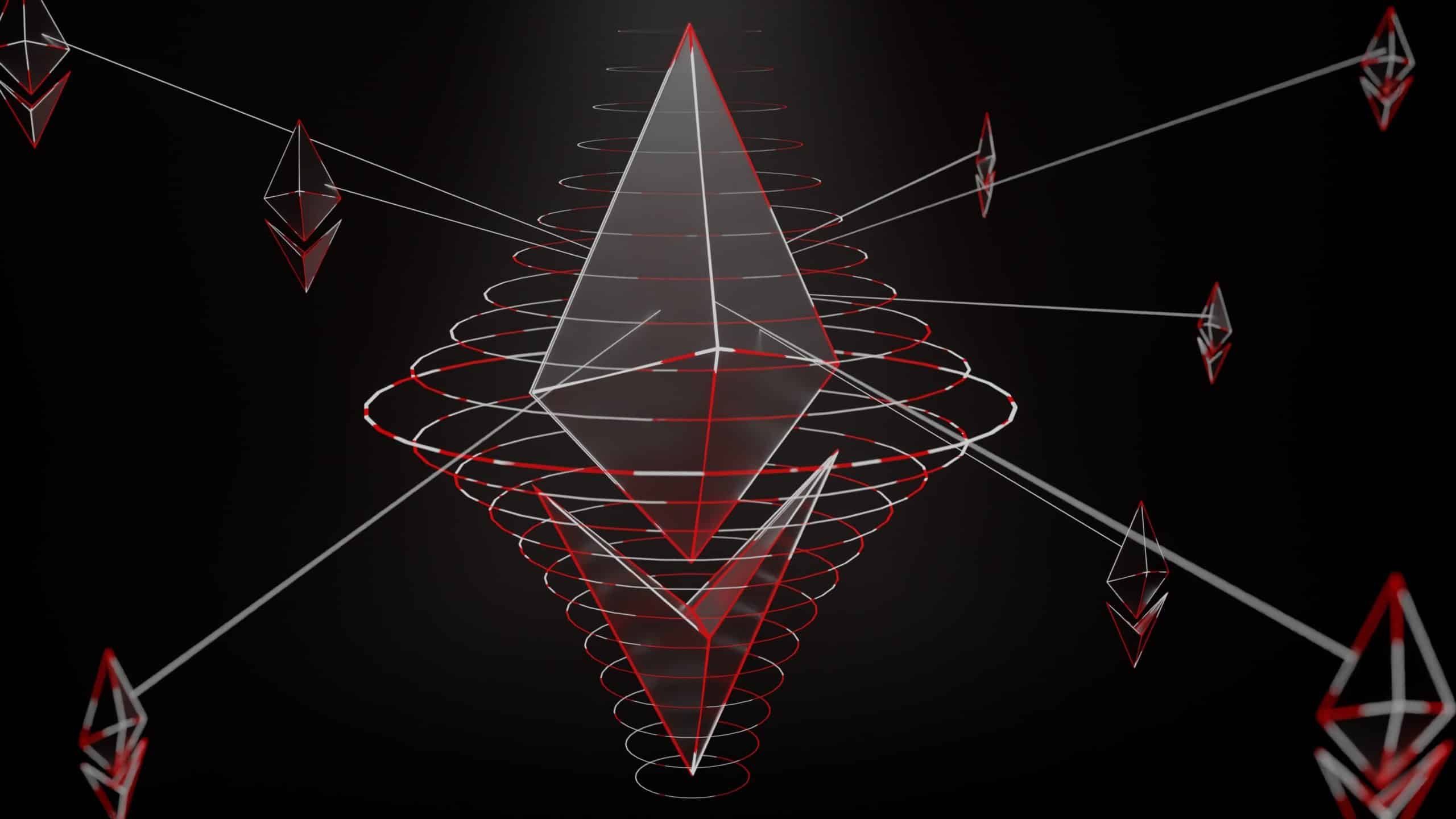Ethereum saw a massive surge in the number of OFAC-compliant blocks added to the chain on Oct. 15, with around 51% of them censoring transactions in line with OFAC regulations.

Data from mevwatch.info showed that more than half the blocks delivered by MEV-relays during this time, which do not include transactions from the Tornado Cash mixer.
Earlier this year, the U.S. Treasury Department’s Office of Foreign Assets Control (OFAC) issued sanctions against Tornado Cash for its alleged use in aiding hackers launder over $7 billion worth of money laundering crypto.
“We reached another sad milestone in censorship: 51% This means if the censoring validators would now stop attesting to non-censoring blocks they would eventually form the canonical, 100% censoring chain,” tweeted Martin Köppelmann, head of Ethereum-based DeFi platform Gnosis.
Maximum Extractable Value (MEV) is the reward paid out to validators for reordering transactions within a block. An MEV-relay combats the negative effects of MEV extraction by allowing validators to maximize their fee profit by building blocks that group more profitable transactions.
The most popular MEV-relay is the Flashbots-created MEV-Boost, which has banned transactions on the sanctioned blocks. At the time of writing, around 80.83% of MEV-Boost blocks were relayed by Flashbots. This suggests that Flashbots’ MEV-Boost is giving validators enough profit to make them reluctant to use other MEV relay services despite the censorship concerns.
Earlier this year, Ethereum creator Vitalik Buterin himself opined that he would consider protocol level censorship an attack on Ethereum and opt to burn his staked tokens rather than tolerate the censorship.



